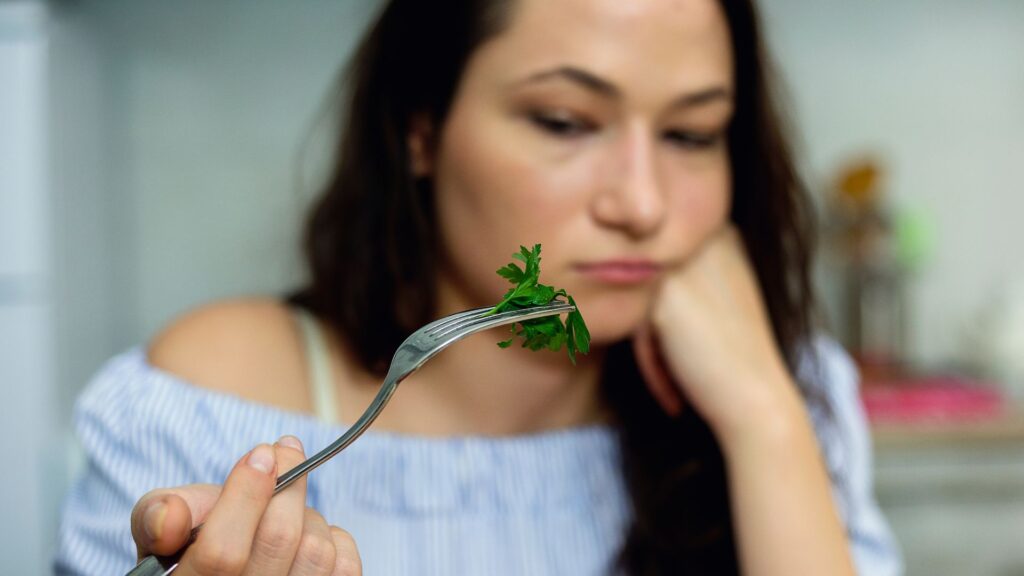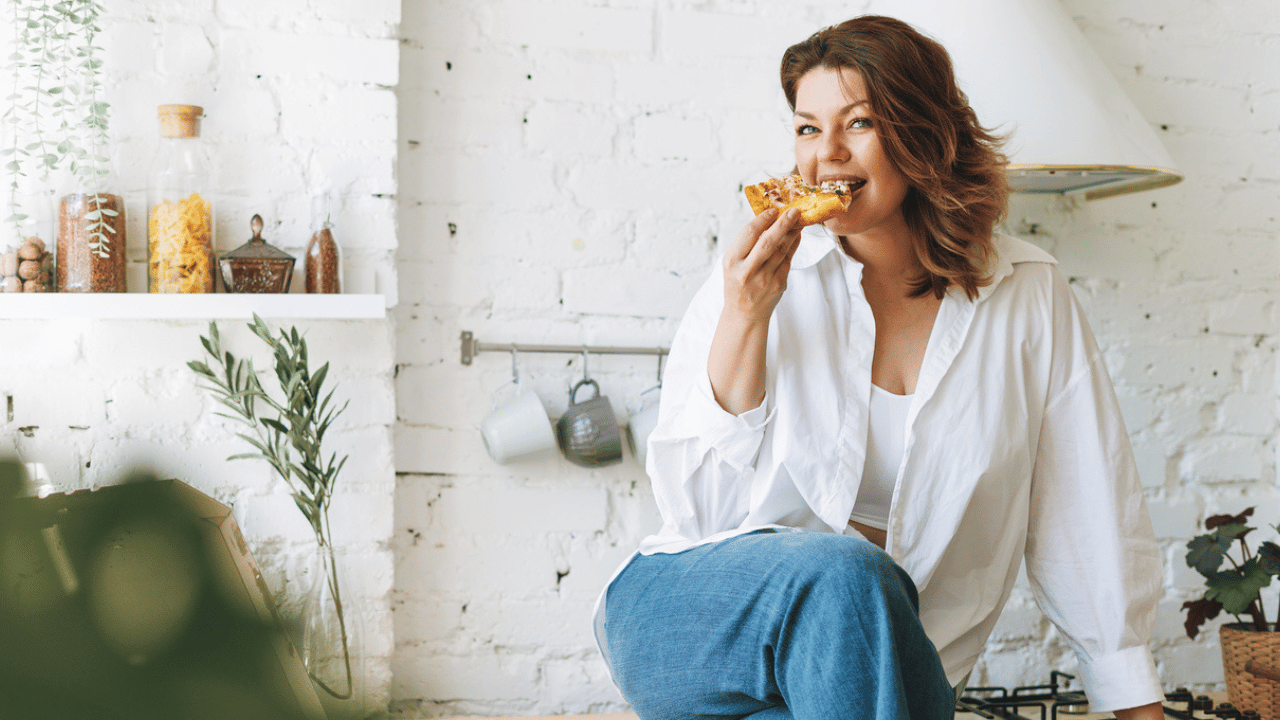We’ve all been there, standing in front of the fridge at midnight, wondering if that last slice of cake is calling your name. The good news? Having a healthy relationship with food means you can answer that call without guilt, stress, or counting calories. So, let’s explore what a truly balanced approach to food looks like—and how you can achieve it.
What Does a Healthy Relationship with Food Mean?
A healthy relationship with food isn’t about perfection; it’s about balance. It’s about enjoying your food without second-guessing every bite, trusting your body, and ditching the diet mentality once and for all. Here’s what that looks like in real life:
- Listen to Your Body: Imagine if you could trust your body to tell you when it’s hungry and when it’s full, and actually follow through on that. Spoiler alert: You can! Your body is pretty smart and knows what it needs. Listening to it is the first step in building a healthier relationship with food.
- Embrace Food Freedom: Food freedom is all about enjoying what you eat without the side dish of guilt. It means allowing yourself to enjoy that slice of pizza or piece of chocolate without feeling like you’ve “messed up.” Because guess what? You haven’t. Food is meant to be enjoyed, not stressed over.
- Ditch the Diets: Let’s be real—diets are the worst. They set you up for failure by making certain foods off-limits, which only makes you want them more. A healthy relationship with food means giving up diets for good and embracing all foods in moderation.
- Mindful Eating: Ever scarf down a meal in front of the TV and then wonder where all the food went? Mindful eating is the opposite of that. It’s about slowing down, savouring your food, and enjoying the experience of eating. It’s like a mini-meditation, but with snacks.
- Handling Emotions Without Food: We all have that one food we turn to when we’re stressed, sad, or just bored. But using food as an emotional crutch can harm your relationship with it. Instead, find other ways to deal with your feelings that don’t involve raiding the pantry.
Discover your eating style with the Eating Personality Quiz, in less than 5 minutes!
Food Freedom: A Balanced Relationship with Food
If you’re wondering how all this ties together, it’s through food freedom. This isn’t just another buzzword; it’s a mindset shift that can change your life! With food freedom, you’re in control—not the diet rules, not the calorie counts, just you. Here’s how you can start:

- Drop the Guilt: It’s time to stop punishing yourself for what you eat. Food isn’t the enemy, and eating isn’t something you need to “make up for” later. Guilt has no place at the table.
- Cravings Are Normal: Cravings are part of being human. The key is to listen to them and enjoy what you’re craving in a way that feels good to you.
- Flexibility is Everything: Some days you’ll eat more, some days less. The key is to be flexible and not stress about it. Your body will balance it out.
Overcoming Emotional Eating
Let’s be honest—food is comforting, and there’s nothing wrong with that. But when eating becomes your go-to way of dealing with emotions, it can become a problem. Here’s how to break the cycle:
- Know Your Triggers: What’s the situation that usually leads to emotional eating? Stress at work? Fighting with a friend? Once you know your triggers, you can start finding other ways to cope.
- Find Other Outlets: Instead of turning to food, try activities that make you feel good and don’t involve eating, like going for a walk, journaling, or calling a friend.
- Be Kind to Yourself: We all have days where we eat a little more than we intended or turn to food for comfort. It’s okay. Beating yourself up over it only makes things worse. Show yourself the same kindness you would a friend.
Embracing Normal Eating
So, what’s the end goal? To embrace normal eating, where food is just food—no rules, no guilt, just nourishment and enjoyment. Normal eating is flexible, varied, and balanced. Here’s how you can start:
- Eat Regularly: Skipping meals often leads to overeating later. Try to eat regular meals and snacks to keep your energy steady.
- Include a Variety: Mix it up with different foods from all food groups. Variety is the spice of life, after all.
- Stay Flexible: Some days you’ll crave a salad, and other days it’ll be fries. That’s normal. Your body knows what it needs, and it’s okay to go with the flow.

Take the Next Step
Building a healthy relationship with food takes time, but you’re not in it alone! Start by taking the Eating Personality Quiz to see where you’re at. Then, watch the YouTube video for more tips on food freedom and overcoming emotional eating.
And don’t forget to check out the rest of the blog series for even more insights on living a balanced, happy, food-filled life!

